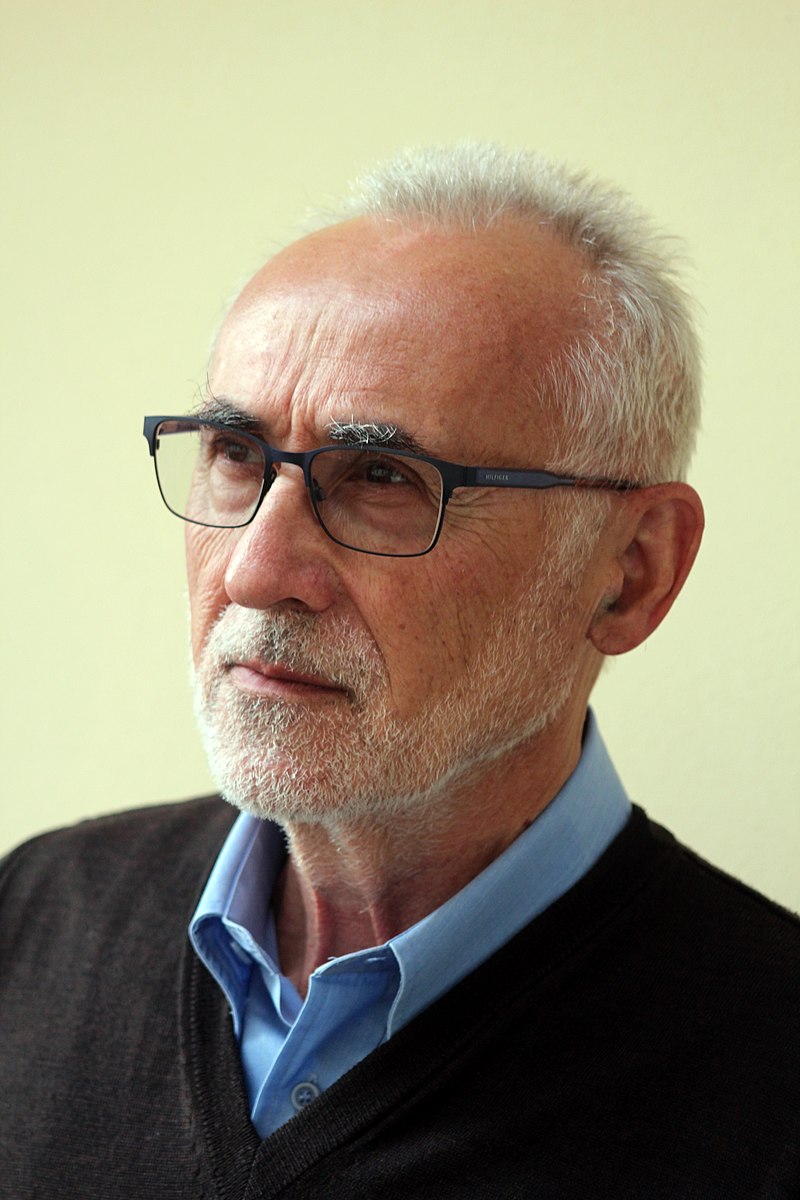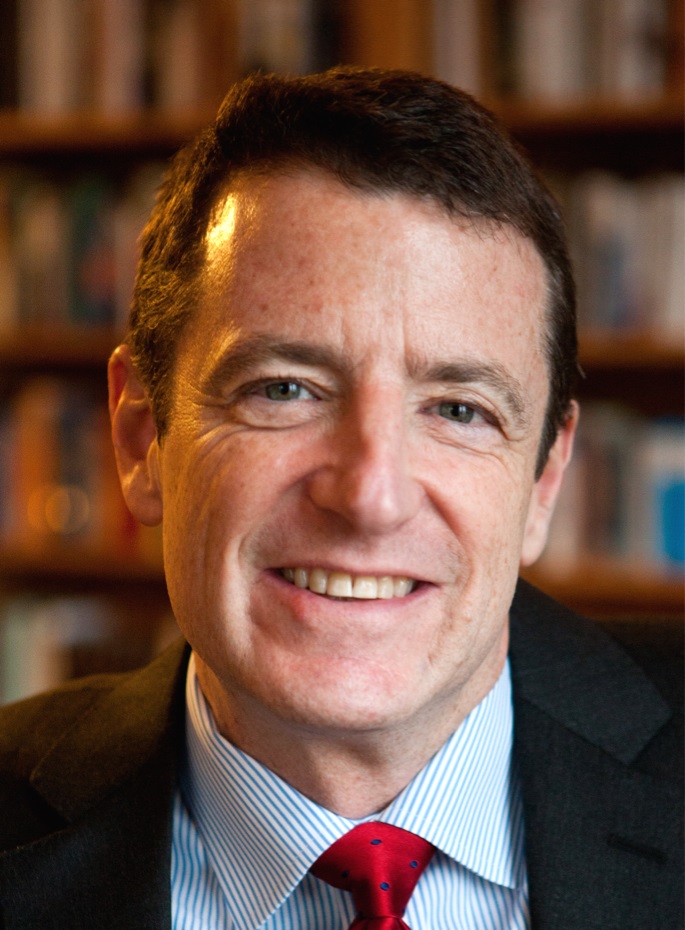With the centennial bringing about a rediscovery of the Great War in Central and Eastern Europe, the conference, using the Hungarian case as a springboard, aimed to broaden the perspective and contribute to the stream of research on the social history of change in Danubian Europe between 1918 and 1924.
Keynote speeches were given by professor Ignác Romsics (Károly Esterházy University, Eger; member of the Hungarian Academy of Sciences) and professor Pieter M. Judson (European University Institute, Florence). Below we publish the two speeches. (See the full program here).

Ignác Romsics: Le passé qui ne passe pas. The Treaty of Trianon and its Repercussions
Every society experiences traumatic events in its history. In modern Hungarian history the Trianon peace treaty of 1920 represents such a case, one that has continued to occupy Hungarian society from the time of its signature up until the present. Sociological surveys conducted in the 1980s showed that the majority of the Hungarian intellectuals (64% in 1983 and 84% in 1989) considered the partition of historic Hungary among Austria, Czechoslovakia, Romania and Yugoslavia at the end of the Great War a wrong and unjust decision. In 1983 35% and in 1989 only 16% thought that it was a fundamentally sound decision to sanction the dissolution of the historical kingdom, but that it was poorly carried out. Only one percent of the respondents approved the ruling without any reservation. To the question of what could happen in the future regarding the “Trianon” borders, 63% stated that they are final and irrevocable. But 34% did not exclude the possibility of revision in favor of Hungary. The results of a more recent research conducted between 2001 and 2006 and representing the entire population show a similar picture. 34% of the respondents believed that the borders determined in 1920 should be considered final. But 18% thought that they can never be accepted. The others hoped that mutually acceptable solutions can be reached by the spiritualization of the frontiers and other peaceful techniques within the European Union. These outcomes clearly indicate that Hungarian society has not come to terms with the dismantling of Greater Hungary and that the complex problem embodied in the Trianon settlement is still with us. In my talk I deal with two basic aspects of this phenomenon. First, I present very shortly the territorial stipulations and economic consequences of the peace treaty itself. Second, I describe, more in details, its perception in three time periods: the interwar years, the so-called Horthy-time, the Soviet era and the epoch of the new Republic of Hungary established in 1989–1990.
The full text can be read below.

Pieter M. Judson: Rethinking the Postwar from Above and Below: 1918–1923
This conference may possibly be the last of the many centenary conferences we have experienced over the past six years. As I look at this program, I am convinced that we have already moved well “beyond Trianon” (or Paris) in several ways. The topics and approaches on this program are not what we would have seen a few years ago. Only a decade ago as we approached the centennial of the First World War, historians of Europe might have viewed many of these investigations as “interesting but marginal studies of peripheral regions.” Their value might have been seen as “primarily local,” not typically European, and their results would not have changed how we understand the main questions of European history in the post-war period. In those days too, historians had more difficulties overcoming a binary approach to questions of breaks and continuities […]. Today we can see these studies in a very different light. Today their significance is more central to our comprehension of the twentieth century in Europe and the world. We also see these studies as profoundly European and not as somehow peripheral. In part this is because these studies question some of the most comfortable traditional categories and narratives that framed the way this period was generally understood. The program of this conference asks different questions and offers creative approaches. I hope that this work will influence national institutions, national conversations, and pan-European debates.
The full text can be read below.
Cover photo: Inauguration of WWI Memorial, Tápiószele, Hungary. Source: Fortepan/Buzinkay Géza.
 download file ,
download file ,
 download file
download file 





